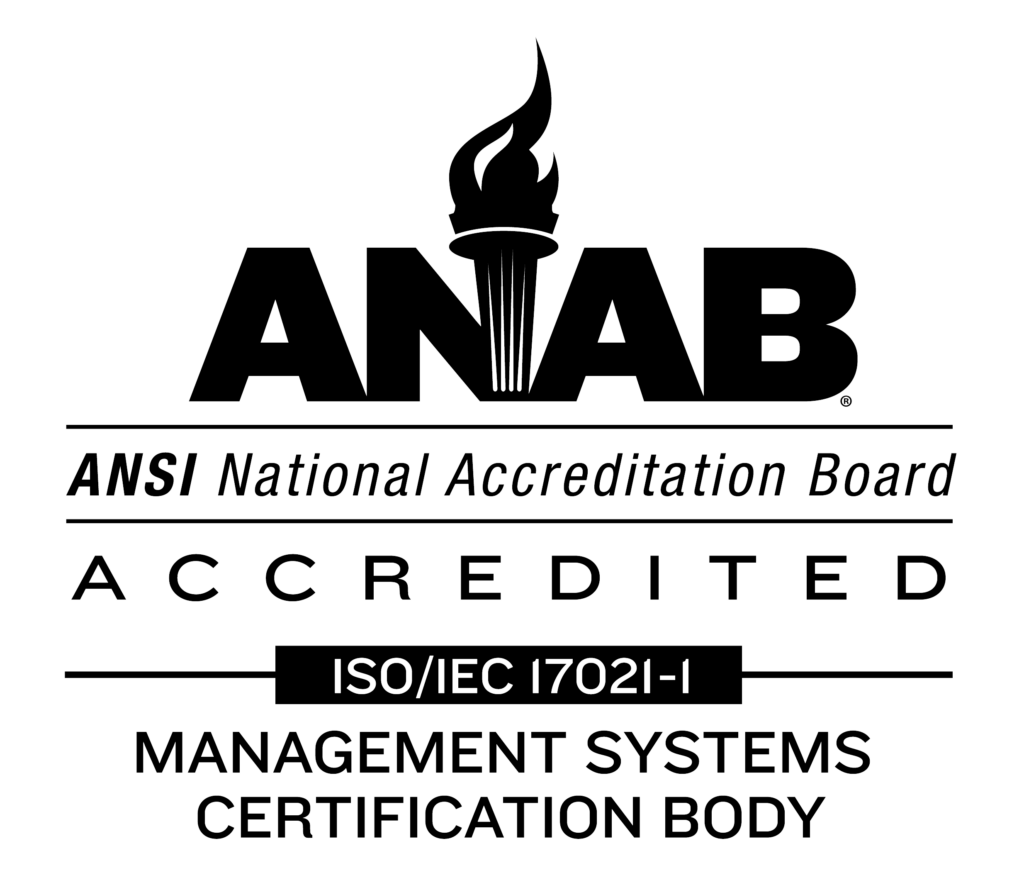International IIoT Perspectives: Fog Computing On a Global Scale
Fog Computing is a slippery concept. It combines two critical components of data computing today, Edge and Cloud computing, into a system that leverages the strength – and necessity – of both. This idea of local computing (the Edge) combined with more complicated analytics engines (the Cloud) opens up a world of possibilities for data communications. Fog Computing & Emergency Response Earlier this fall, researchers at Georgia Tech looked at the application of Fog Computing in areas struck by natural disasters. In these areas, traditional means of internet connection are often knocked out of commission, leaving rescuers and victims unable to communicate with one another, even though there are many apps designed to help facilitate rescue. Where Fog Computing comes in is that rather than relying on a direct connection to the internet, different Fog nodes can be leveraged to create an ad hoc network that can still send basic messages: However, one important advantage of a fog system is that messages can be distributed between a broad network of computers through temporary ad hoc connections, even without live internet connections. The geo-distributed network of fog nodes, which could be phones, tablets or any device part of the Internet of Things, could generate communication channels in areas where there were none before, allowing the creation of population density maps in flooded areas. Another application would allow users to check the fog network to see if their family members are safe after a crisis event. Fog Computing applied in this setting is applicable around the world, as we are reminded daily of both the ubiquity and fragility of wireless communications against the whims of nature. Smart Grids Need Fog Computing Across the globe, more and more countries are jumping into smart grid deployments. The good side is that smart energy tools are critical to managing resources. The bad side is that most are not sufficiently developed with the necessary security infrastructure in place. When considering the rapid development of smart grid tech, Fog Computing quickly comes up as a viable tool for ensuring reliable data communication and information transfer between consumers, grid operators and larger energy providers. The Open Fog Consortium, a global Fog Computing group comprised of technology and academic thought leaders, has formed Resilient Information Architecture Platform for Smart Grid (RIAPS), a project aimed at developing software for Fog Computing platforms: RIAPS is very different from conventional platforms as it was designed for inherently distributed and decentralized applications. An application is composed of interconnected real-time software components (similar to micro-services) that can be event- and/or time-triggered and that interact via well-defined communication patterns, including publish/subscribe and synchronous and asynchronous service invocations. Such components are location transparent and agnostic about the underlying messaging framework. Although the project is based out of Vanderbilt University, in the United States, the repercussions will be felt throughout the world. Is Fog Computing the Final Answer? While Fog Computing has yet to be standardized and applied across the wide range of IoT technologies out in the field today, its ability to combine both local and Cloud data analytics is something that can have an impact in both the consumer and the Industrial IoT. However, the first adapters, companies that play in IIoT settings, will be largely responsible for driving the growth of this concept moving forward into the future.





